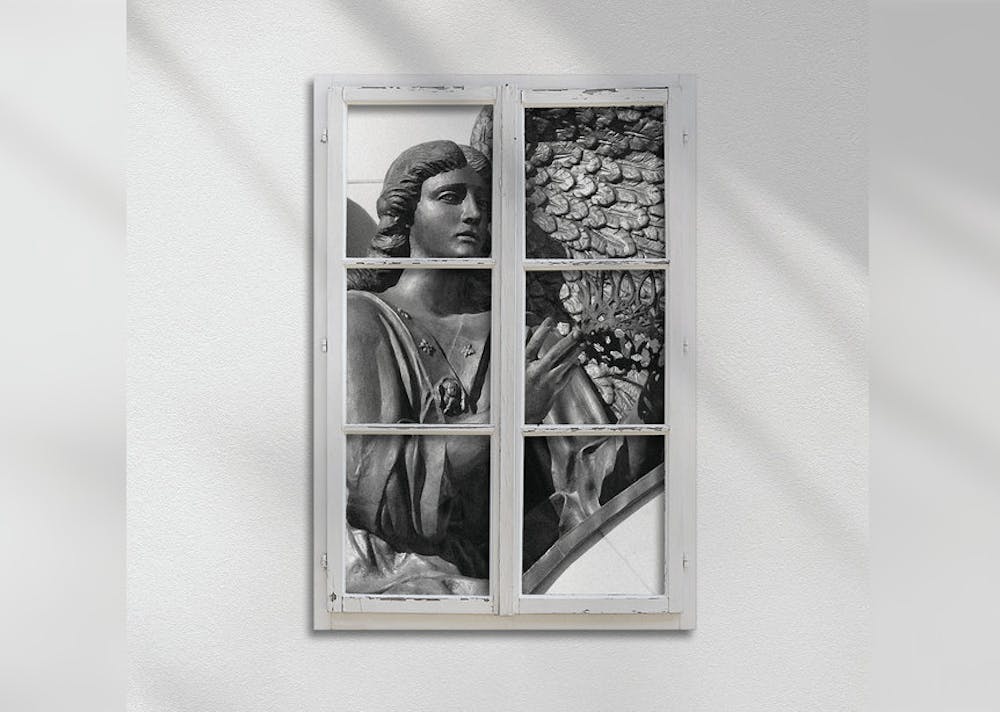St. Paul and the Broken Bones are part of a somewhat recent trend of music that combines sounds of folk, soul and funk. A peculiar sort of fusion, this sound has its roots in the American south — owing its existence and success to the unique combinations of cultures taking place in the music of that region.
Their newest album, “Angels in Science Fiction,” presents some well-made songs that explore the space within that sound but could have been organized and composed in a more thoughtful and cohesive way.
The album begins with “Chelsea,” a slow, moving ballad featuring minimal orchestration and production. The first half of the song is mostly out of time, with a loose semblance of meter entering around the halfway mark.
Related: [Consider it burned: the day of Burning Couch Festival]
The texture is incredibly wide, featuring just vocals and piano for most of the song’s duration, but layering everything with enough reverb to keep the space from feeling empty. Although it’s not very indicative of the band’s typical sound, it opens the album with a heavy, ethereal sort of feeling that ends up in a satisfying place.
Moving into more familiar territory is “City Federal Building,” which retains the feeling of space with soft, echoey synths and strings behind the more solid bass and drums. Although it keeps that through line, this track is much more grounded with a well-established groove holding all the way through.
The bassline leads this groove, acting with the drums as the nucleus of the song. A few different combinations of instruments take hold of the sound, but the bass and drums provide an audible foundation throughout.
These first two songs forecast the rest of the album nicely. In nearly alternating fashion, they switch between slow, rubato ballads and more intense, folky grooves. Each of these two modes seems to have its own individual musical arc, therefore alternating the songs in this fashion interrupts the album’s cohesion.
“Heat Lightning” returns more to the idiom presented in “Chelsea,” with sparse instrumentation and heavy echoes. Fingerpicked guitar takes the forefront this time, moving deftly through a haunting minor harmony.
Additions to the guitar and vocal texture are sprinkled in tastefully, such as string swells leading into phrases and simple vocal harmonies. It’s a brief tune, but it invokes some of the band’s folk influence to create a memorable eerie feeling.
“Oporto-Madrid Blvd” mainly works with a laid-back, groovy feel, but a slower tempo and dissonant, improvised accompaniment from guitar and electric piano touch on some of the wide textures featured in this album’s less intense tunes.
Related: [Cub Sport’s latest album is a celebration of free love]
The album ends how it began — emotional piano chords and vocals that are eventually joined by strings — in “Marigold.” The song intones gospel cadences at times, with the instrumentation creating a churchy feeling as well. These aspects, as well as the ardent, earnest vocal provide the most enjoyable example of this album’s slower idiom.
Each song on “Angels in Science Fiction” has numerous strengths that often work in conjunction to build upon one another. However, choosing two distinct styles and jumping back and forth between them made the listening experience somewhat disjointed.
Despite the numerous things it does well, I think the album could have been laid out in a more purposeful manner and perhaps composed more thoroughly such that the clear musical through lines work together rather than against each other. Despite these details, “Angels in Science Fiction” is a collection of satisfying and well-made songs.




